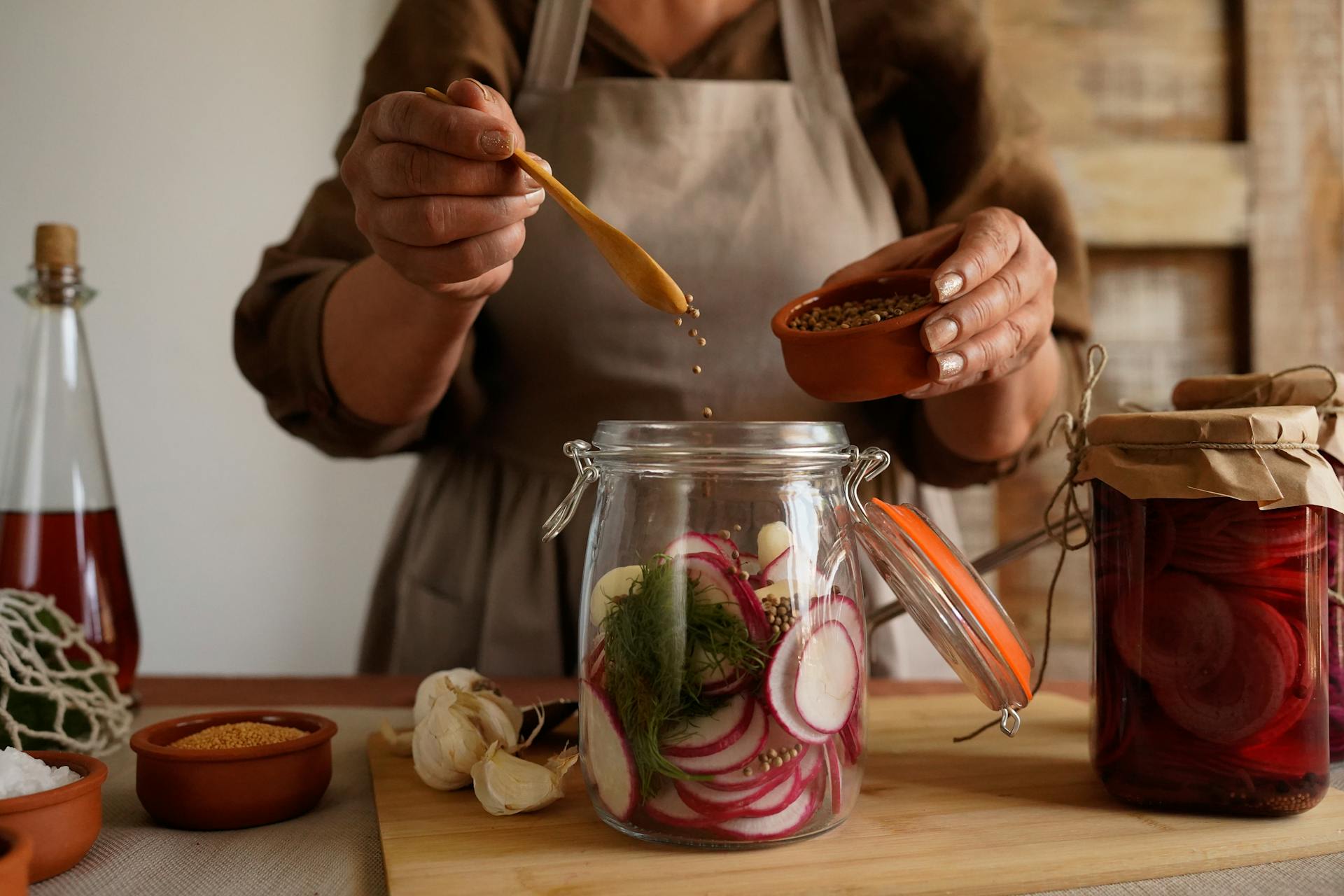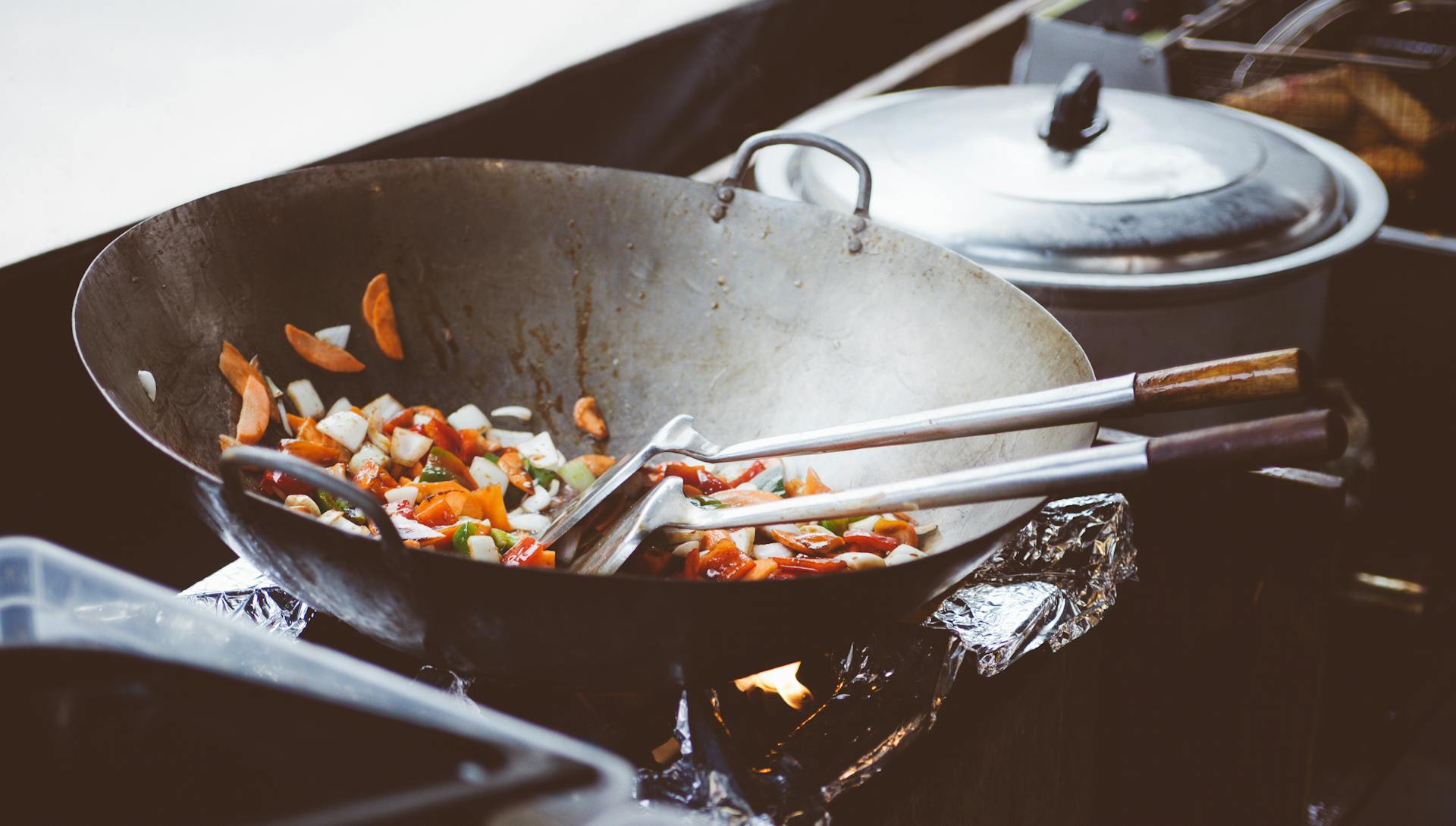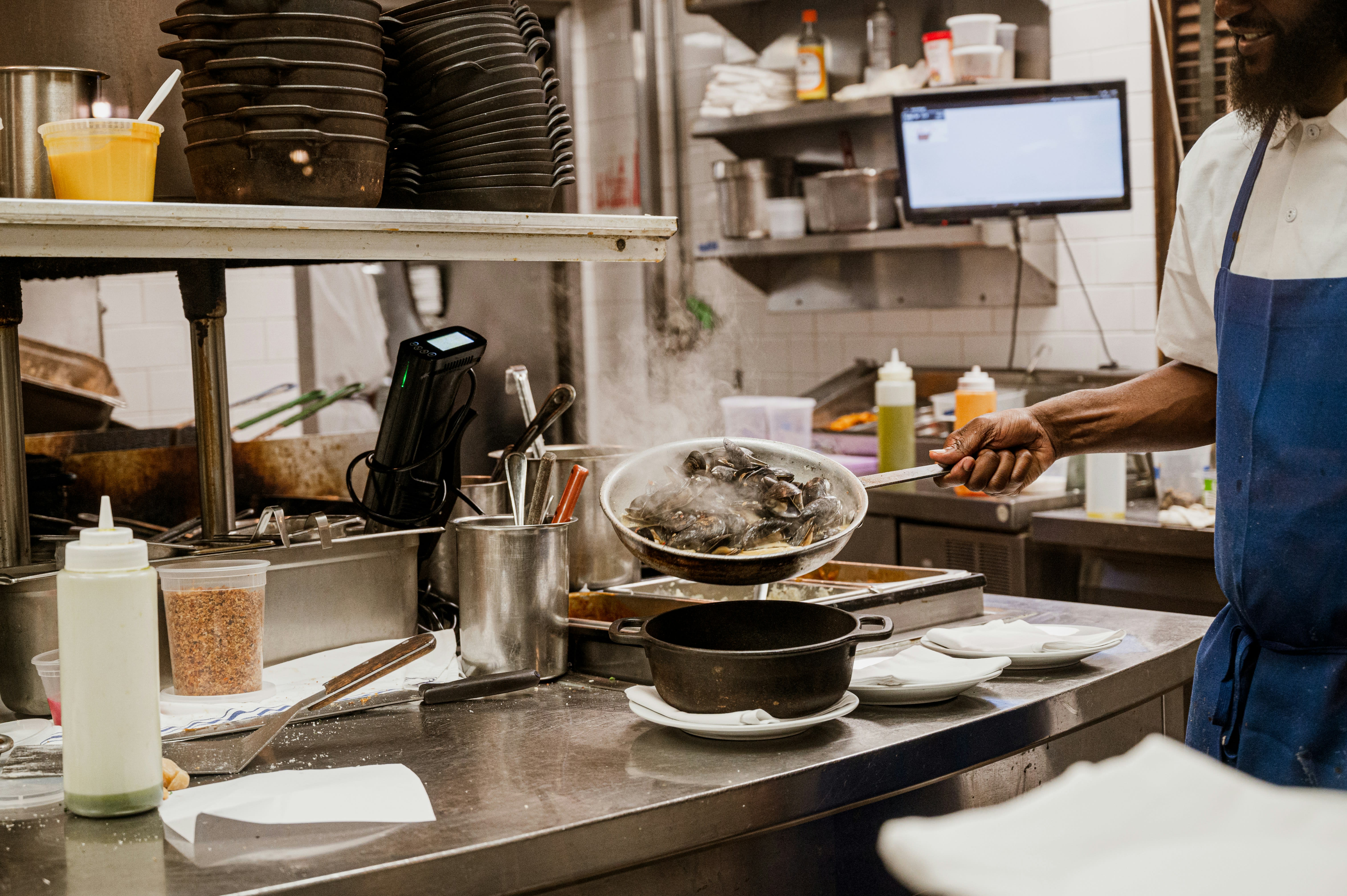Every great food business starts with a recipe — and usually, that recipe begins at home. Maybe it’s your famous hot sauce, gluten-free cookies, or perfectly flaky empanadas. At first, it’s fun and manageable — you’re cooking small batches, filling local orders, and your friends are your biggest fans.
But one day, you realize your kitchen counters are buried in ingredients, the oven never cools down, and you’re running out of fridge space. That’s when the question pops up: Is it time to move into a commercial kitchen?
Growing your business doesn’t mean losing its homemade soul — it means giving it the space to shine.
5 Signs You’re Ready to Scale Up
1. You’ve outgrown your equipment.
Your stand mixer or home oven just can’t keep up with the demand — and buying bigger ones for home isn’t an option.2.
2. You’re getting consistent orders.
Whether it’s online sales or regular customers, you’ve proven there’s steady demand for your product.
3. You’re dreaming bigger.
You’re thinking about getting your product into cafés, retailers, or shipping across the province — things that require a commercial setup.
4. You’re juggling too much at once.
Between sourcing, production, packaging, and delivery, you’re ready for a more efficient system.
5. You want to be part of something bigger.
Working alongside other food creators in a commissary kitchen helps you stay motivated, inspired, and supported as you grow.

When these signs start to pile up, it’s a good indicator that your food business is ready for a bigger stage. Moving from your home kitchen to a commercial kitchen doesn’t have to be overwhelming — it’s simply the next step in your growth.
Here’s how to make the move smooth and sustainable:

5 Steps to Make the Move Smoothly
1. Find the right commissary kitchen.
Look for a shared kitchen space or commercial kitchen for rent in Vancouver that fits your schedule, budget, and storage needs.
2. Plan your transition.
Start small — rent kitchen time for your busiest production days while still working from home part-time.
3. Update your permits and insurance.
Once you move into a licensed kitchen, make sure your business license and health approval reflect the new address.
4. Streamline your operations.
Use the opportunity to refine your prep schedule, inventory system, and packaging workflow.
5. Join the community.
Shared kitchen spaces aren’t just about equipment — they’re about connection. Other food entrepreneurs can share advice, suppliers, and even customers.
The Next Step
Scaling up is a big leap, but it’s also the most exciting one. It’s where your side hustle becomes a business — and your kitchen table dreams turn into something real.


